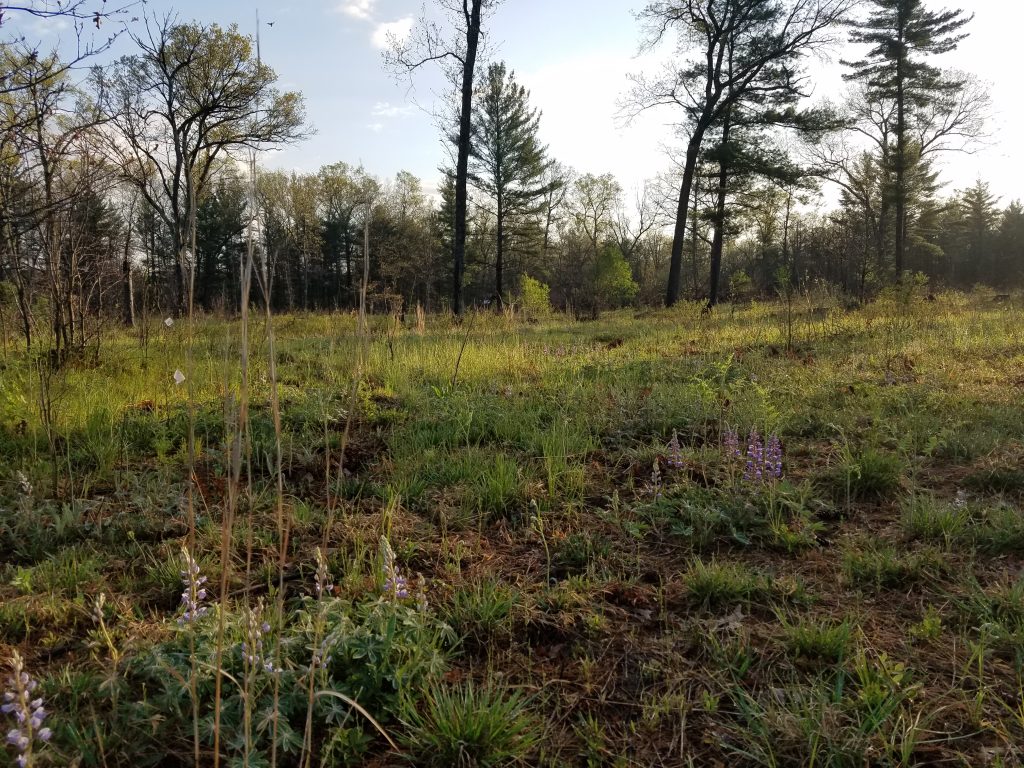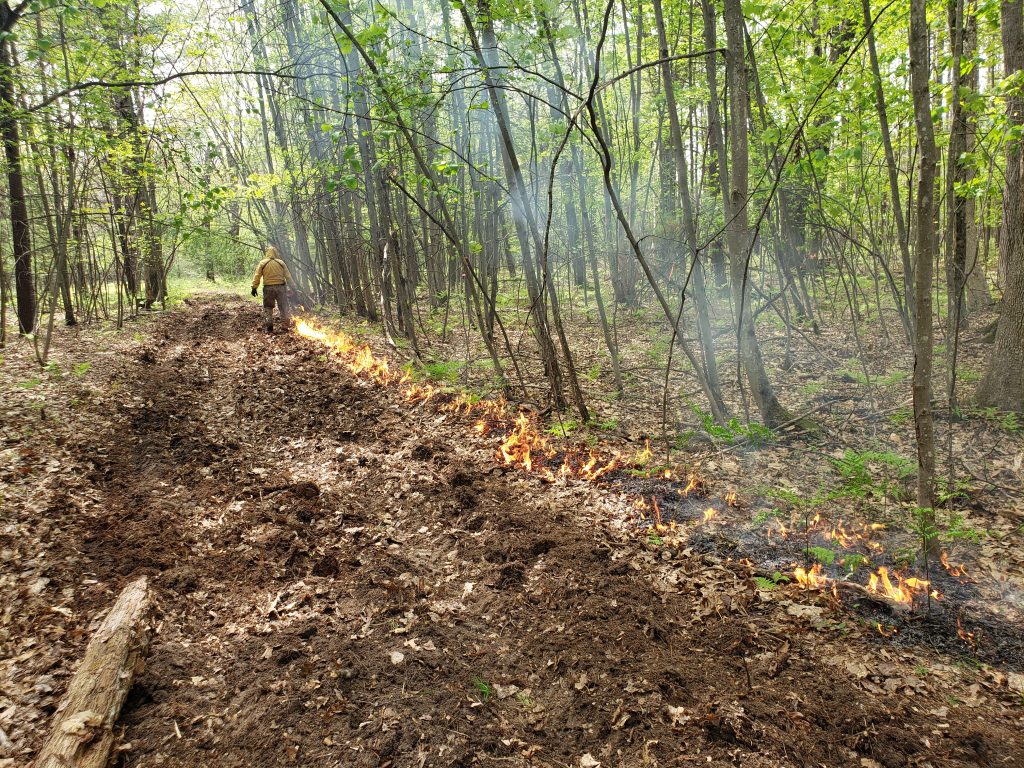New Funding Boosts Conservation on Imperiled Habitat
The NWTF recently secured $358,000 in funding, thanks to a generous grant provided by the Michigan Department of Natural Resources via the agency’s Wildlife Habitat Grant Program.
The newly acquired funding allows the NWTF and partners in Michigan to restore and enhance imperiled oak ecosystems and other high-priority habitats, delivering conservation work on over 1,050 acres and totaling more than $550,000 in project costs over two years.
Once one of the most abundant ecosystems in the Midwest, oak savannas have dwindled drastically since European settlement and are now one of the rarest plant communities on the planet.
It is estimated that less than one percent of the oak savanna habitat that existed before European settlement exists on the landscape today.
But what does this have to do with wild turkeys?

Oak savanna ecosystems are characterized by large expanses of grasses and forbs such as wildflowers interspersed with oaks and covered in insects. The herbaceous vegetation provides excellent brooding and foraging for wild turkeys, and the oaks provide shade, important hard mast, and roosting habitat.
Simply put, more oak savanna habitat equals more wild turkey habitat.
However, wild turkeys are not the only species that depend upon this unique habitat.
“This project illustrates how the work we do for wild turkeys has far-reaching benefits that restore overall ecosystem health,” said Ryan Boyer, NWTF district biologist for Michigan, Indiana and Ohio. “Restoring the landscape back to its historic state provides many of the critters that inhabit it ideal habitat. These species include wild turkeys, the federally endangered Karner blue butterfly, the federally threatened eastern massasauga, white-tailed deer, eastern box turtle and the red-headed woodpecker, just to name a few.”
The multi-partner project, officially called the Oak Ecosystem Restoration Project across West Michigan, is already underway. The work includes tree and shrub plantings, invasive species removal, prescribed fire, and mechanical and chemical treatments, among others, to revitalize this important habitat.
From 2021 to 2023, the NWTF and partners will:
• Manually and chemically treat more than 109 understory and mid-story acres, promoting oak and hickory regeneration and setting back certain species, such as red maple.
• Prescribe burn 480 acres to set back undesirable woody vegetation and promote native forb and grass growth within oak woodlands and savannas.
• Plant native grasses and wildflowers on 347 acres of oak savannas.
• Remove undesirable and invasive species on 386 acres of oak savannas
*Some acres above noted twice receiving multiple treatments

“This project is especially unique because it impacts a large geographical scale and will impact public and private lands adjacent to ongoing projects on public lands, further improving connectivity,” Boyer said. “We are working with project partners, whose properties are not currently open to public hunting, to open access which will help increase the availability of public hunting lands .”
In addition to MDNR and the NWTF, partners include the USDA Forest Service, U.S. Fish and Wildlife Service, Muskegon County Conservation District, Pierce Cedar Creek Institute, Land Conservancy of West Michigan and private landowners.
